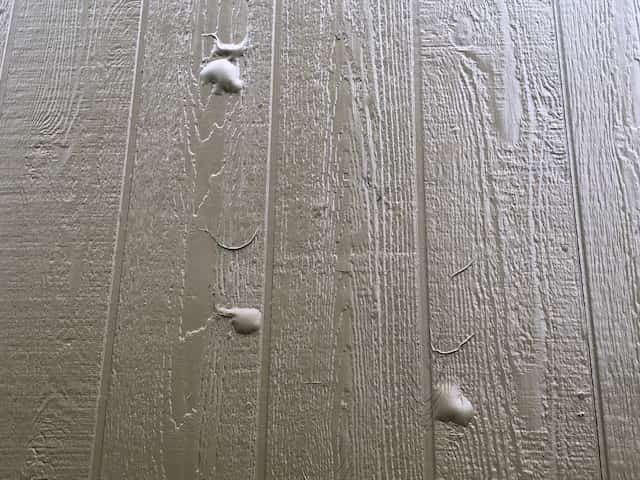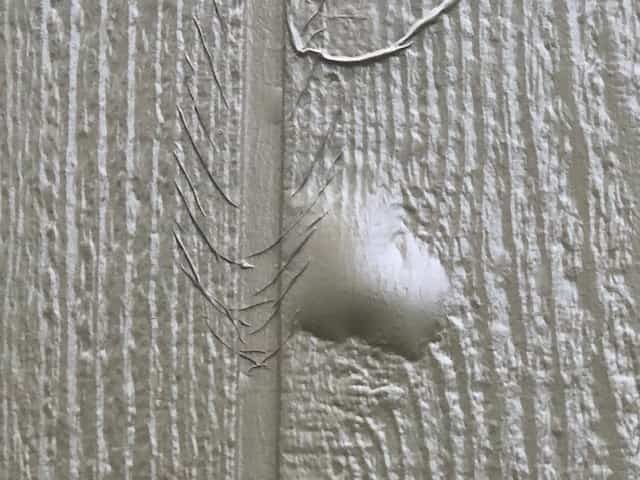So most everyone understands that there are temperatures that will prevent painting outside. There are other conditions such as rain that will stop progress on painting outside. Often overlooked is the dewpoint. The dewpoint is the temperature at which moisture in the air will begin to condense on objects.

If you make the mistake of painting within this zone of temperature, it’s a potential delayed disaster. I call it a delayed disaster because often the damage isn’t obvious. Your home will look great until the following year as the seasons and temperatures change. By then your paint contractor may be long gone.
So what exactly happens? As your home is being painted, if the temperatures drop within the dewpoint, moisture forms on the siding, gutters, etc. and this film of moisture doesn’t allow the film of paint to properly adhere to the surface.
Everything will look great but the paint is not actually adhered to the surface of your siding for example.

In the spring/summer as the temperatures warm up and we begin to get rain the paint film will naturally pull away from the surface. Sometimes it will pull away and go back flat several times before paint film eventually breaks. It is very strange to see. Sometimes you can see a house where one side is covered with bubbles in the morning and by evening, as the sun beats down on the surface, the bubbles disappear. I have also seen the bubble tear slightly and fill with water. Then you have all these strange water balloons on the side of your home.

